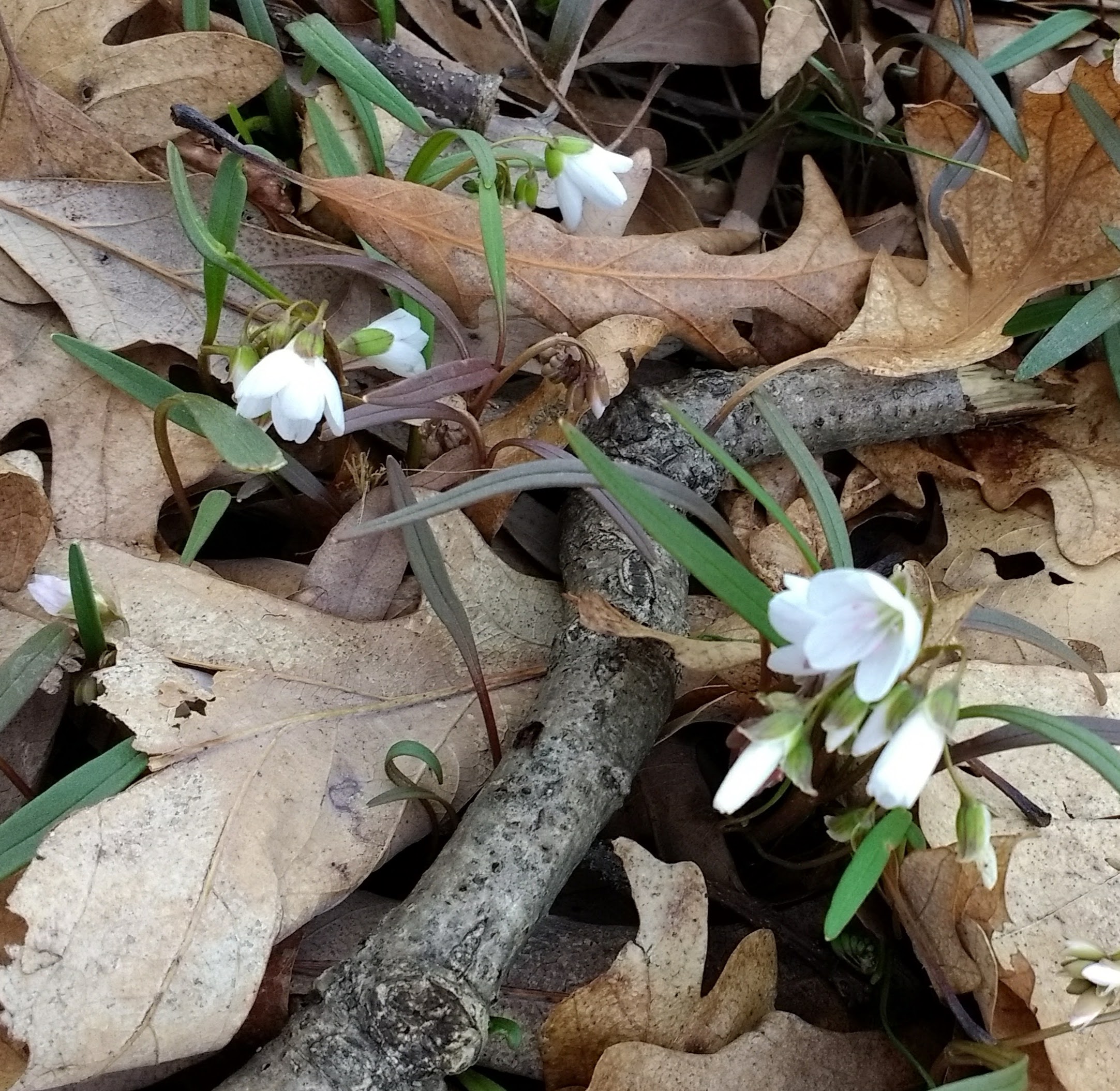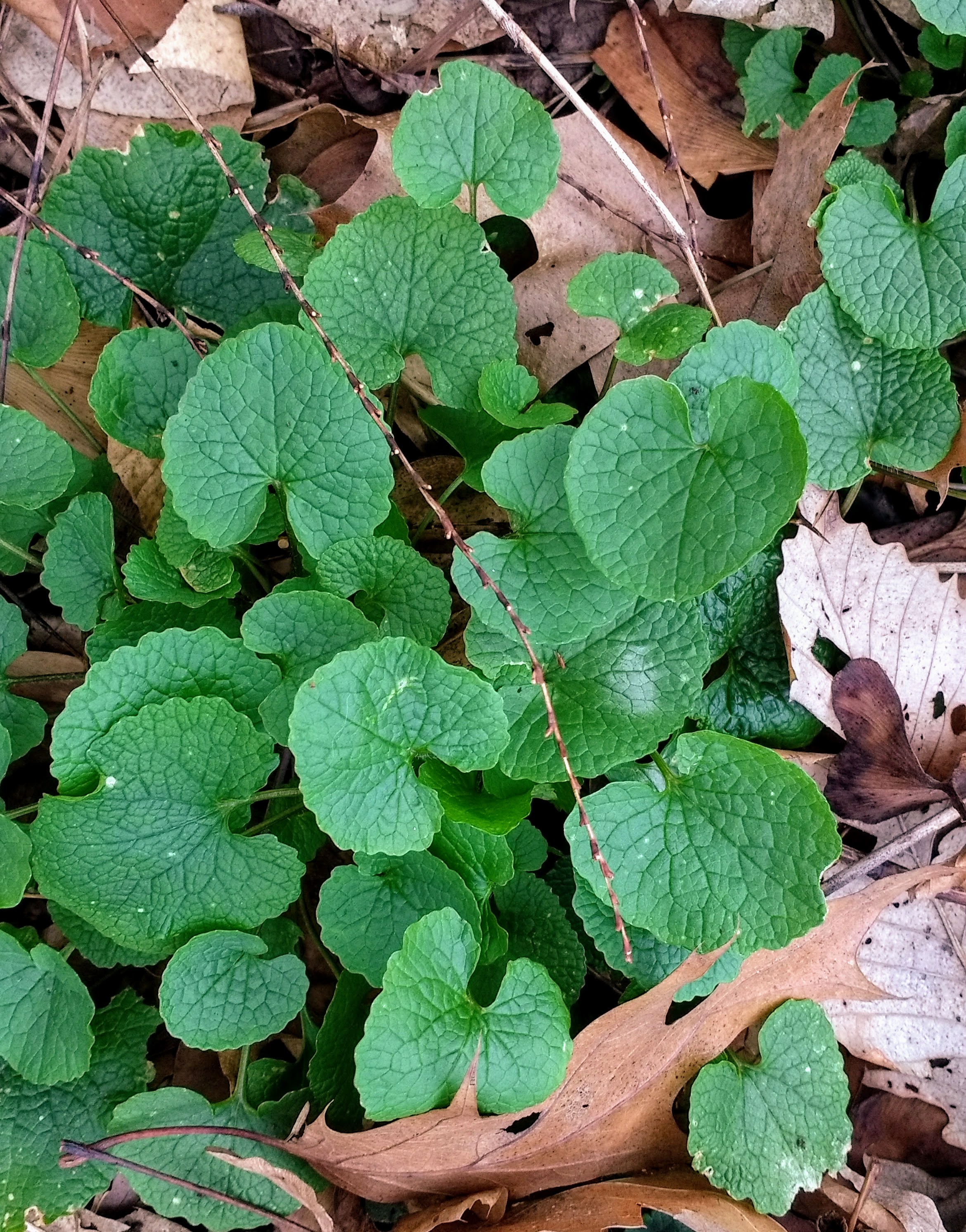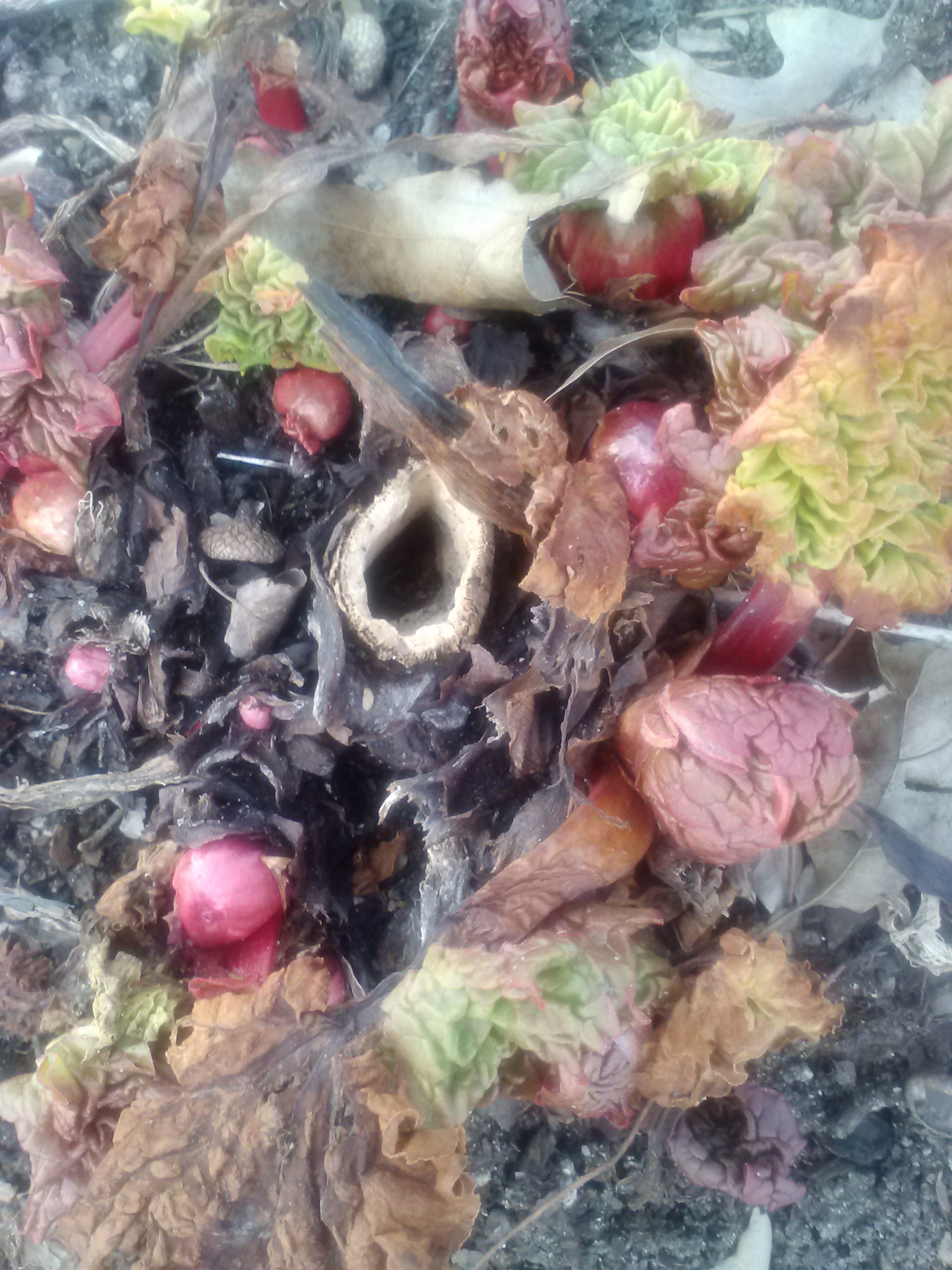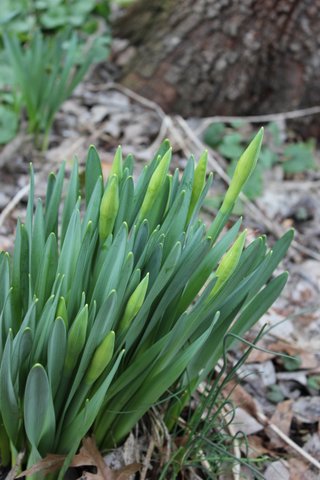by Elsa Johnson
(That’s supposed to be a joke — and it’s not even April)
One of my favorite organizations, which works out of the Cleveland Museum of Natural History, is LEAP, which stands for (take a deep breathe to get you through) Lake Erie Allegheny Partnership for Biodiversity. What is LEAP? you ask: It is a collaborative umbrella organization bringing together a collection of regional environmental organizations falling within the ecoregion of the Lake Erie Allegheny Plateau. The list of collaborating entities is long and includes, as you would expect, our many local park districts as well as some not-so-local park districts, local and national conservancies, our natural history museum, the EPA, and more.
There are monthly meetings (10 AM second Wednesday of the month) with speakers. One recent talk was on building Chimney swift houses to provide homes for breeding chimney swift pairs: swifts are great consumers of mosquitos (Gardenopolis Cleveland plans to do an article on this soon). Another recent talk was on what kind of coyotes we have around here – which was timely, as there has been so much public talk recently about sightings of what people take to be coy-wolves. A recent long email sequence in Nextdoor Coventry went on — and on — and on – and on, all from one sighting of what the sighter was convinced was a wolf (be assured, it wasn’t). This LEAP talk clarified the issue through pie charts that showed the genetics of various coyote populations in the Eastern United States, and was able to clarify what combination of genes we actually have right here (that too will make its way into Gardenopolis, someday soon).
What is the The Lake Erie Allegheny Plateau? It is an ecoregion that includes almost everything on the United States side of Lake Erie that is in Lake Erie’s watershed, and somewhat beyond it, encompassing the Lake Plain and glaciated lands south of Canada from Sandusky Bay all the way to western New York. This area has a common glacial history and a climate that is influenced by Lake Erie. As a natural history museum visitor what this means to you is that in a place like the museum’s Perkin’s Garden and Wildlife Center, you can expect to see the plants and animals that are representative of this ecoregion.
Also, the LEAP Native Plant Committee puts out a yearly postcard of native plants which lists one tree, one shrub, and one perennial, and offers designing-with-native-plants workshops. Look for this in another coming soon Gardenopolis posting.
LEAP puts out a very handsome little booklet that tells about LEAP’s mission to conserve and protect our ecoregion from threats such as habitat destruction, destructive alterations to various physical processes (such as groundwater hydrology, and lake and stream levels) and destructive alteration to species interactions, especially via competitive pressure from invasive, non-native species. Garlic mustard and its effect on the West Virginia White Butterfly leaps (sorry – couldn’t resist) immediately to mind. And more. Some copies of this booklet, and the native plants for the year postcard, will be available at the Permaculture Potluck (see last week’s blog) on April 2nd .
My favorite part of the booklet is the breakout with description of our ecoregion’s fourteen natural communities — which are diverse and beautiful — and where you can find them. Climate change threatens many of our community ecosystems. We are seeing outbreaks of oak wilt and insect pests in some of our old growth oak forests, such as at Forest Hill Park, where the red oaks are being decimated by oak wilt
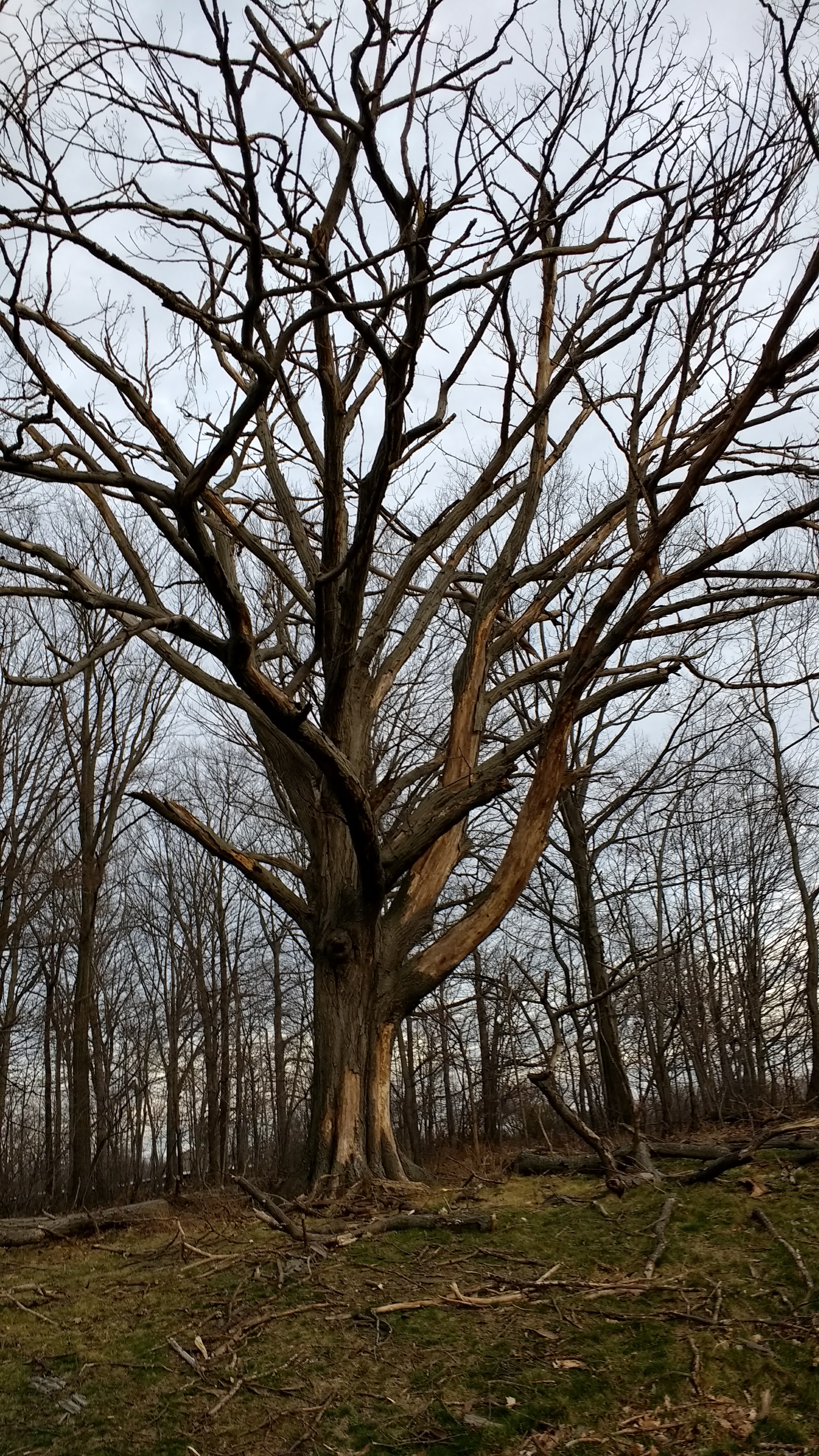 and two-lined chestnut borer, the latter of which is also affecting other oaks such as Chestnut oaks.
and two-lined chestnut borer, the latter of which is also affecting other oaks such as Chestnut oaks.
For more information about LEAP and our native community ecosystems go to www.leapbio.org.
Reminder: it is garlic mustard season. This is what it looks like.
garlic mustard. It is an invasive species. If you find it in your yard, pull it. It’s edible. One of us likes to put it in his breakfast scrambled eggs.
